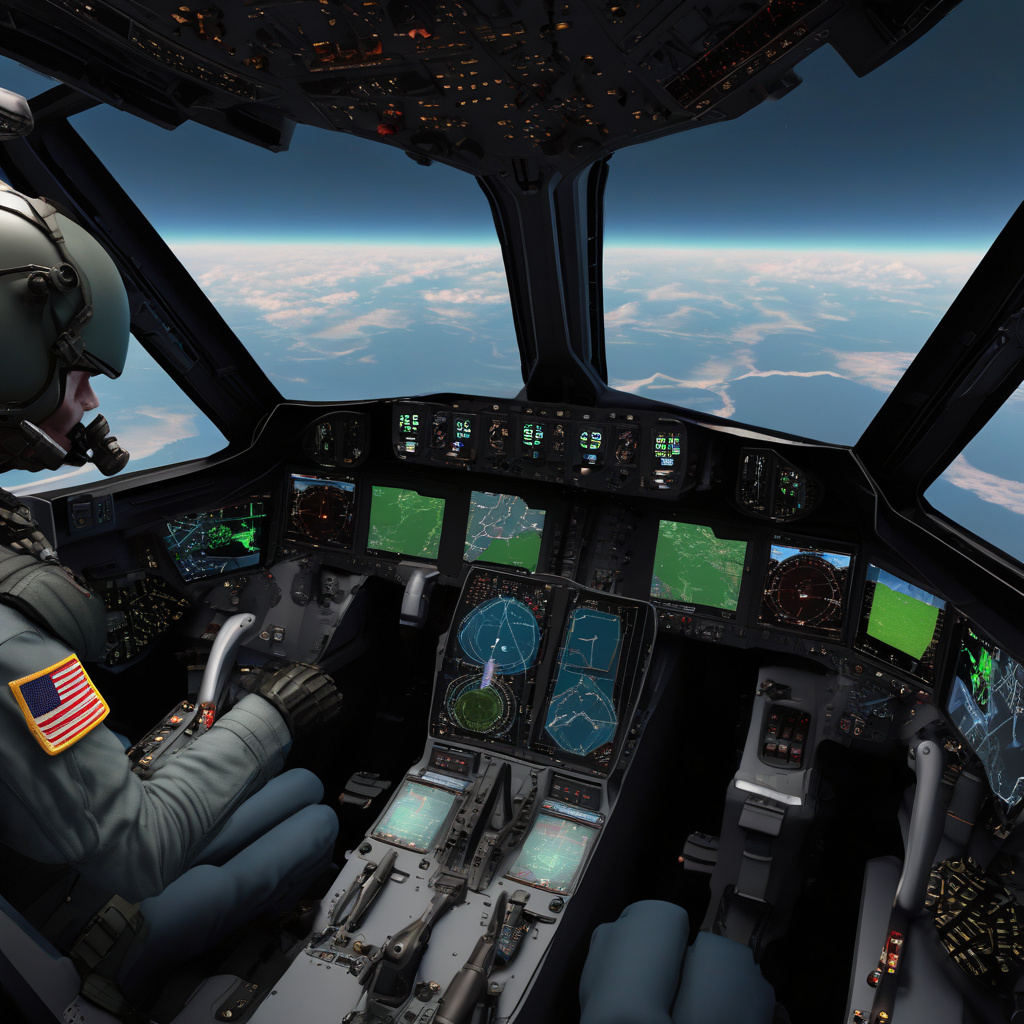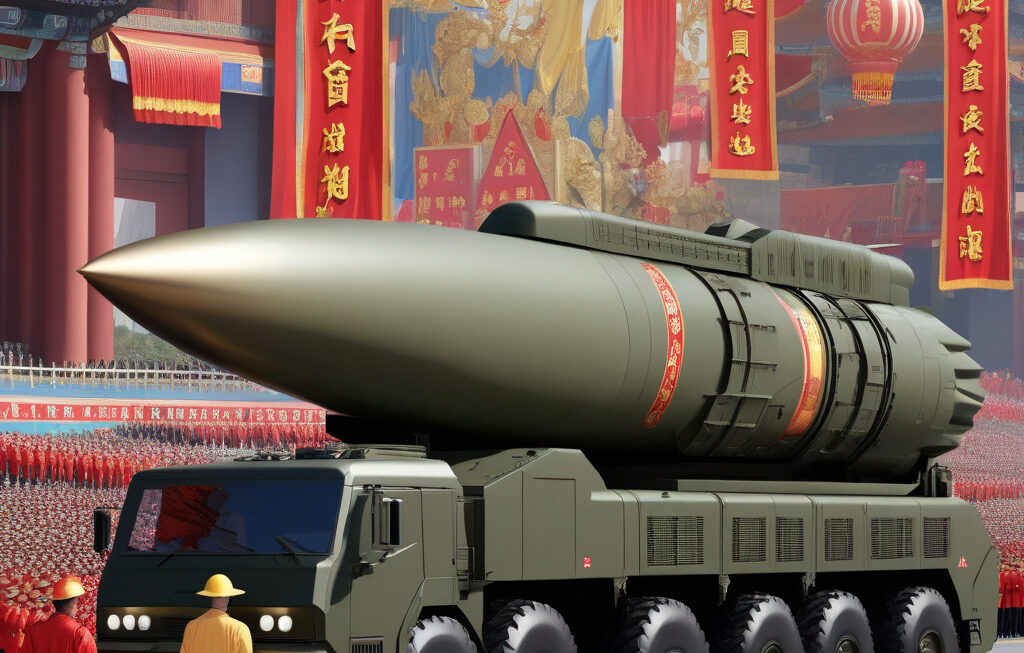AI tool ‘Rattlesnaq’ thinks at Mach speed to help fighter pilots dodge missiles
Forget radar sweeps and gut instincts — algorithms that think at Mach speed will win the dogfight of the future. The introduction of the AI tool ‘Rattlesnaq’ marks a significant leap in the realm of aerial combat and pilot assistance technology. Developed by a team of engineers and data scientists at AeroCyber, ‘Rattlesnaq’ is poised to revolutionize how fighter pilots evade incoming missiles with lightning-fast precision and efficiency.
In the high-stakes world of aerial combat, split-second decisions can be the difference between life and death. Traditional methods of evasion rely heavily on radar sweeps and the pilot’s instincts, which can sometimes fall short in the face of advanced missile technology. This is where ‘Rattlesnaq’ steps in, leveraging artificial intelligence to process vast amounts of data and predict missile trajectories at speeds far surpassing human capabilities.
The key to ‘Rattlesnaq’s’ success lies in its ability to think at Mach speed, a term borrowed from the supersonic realm to signify velocities exceeding the speed of sound. By analyzing real-time data from onboard sensors, satellite feeds, and historical flight patterns, the AI tool can anticipate incoming threats and calculate the optimal evasive maneuvers within milliseconds. This level of responsiveness gives pilots a crucial edge in outmaneuvering enemy missiles and staying one step ahead of their adversaries.
One of the standout features of ‘Rattlesnaq’ is its adaptability to changing combat scenarios. Through machine learning algorithms, the AI tool continuously refines its tactics based on feedback from each engagement, gradually improving its predictive capabilities over time. This iterative process of learning and optimization ensures that ‘Rattlesnaq’ remains effective even against evolving missile technologies and tactics employed by hostile forces.
The implications of ‘Rattlesnaq’ extend beyond individual pilot safety to broader strategic outcomes on the battlefield. By enhancing the survivability and combat effectiveness of fighter aircraft, this AI tool enables military forces to project power with greater confidence and deterrence. In essence, ‘Rattlesnaq’ serves as a force multiplier, augmenting the skills and decision-making abilities of human pilots to achieve superior mission outcomes while minimizing risks.
Looking ahead, the integration of AI tools like ‘Rattlesnaq’ raises important ethical and operational considerations for the future of aerial warfare. As autonomous systems take on increasingly complex tasks in combat environments, questions around human oversight, accountability, and potential misuse loom large. It becomes imperative for military organizations to establish clear guidelines and safeguards to ensure the responsible deployment of AI technologies in accordance with international laws and ethical standards.
In conclusion, the advent of ‘Rattlesnaq’ represents a paradigm shift in how AI can enhance the capabilities of fighter pilots and redefine the dynamics of aerial combat. By harnessing the power of Mach-speed thinking, this AI tool demonstrates the transformative potential of artificial intelligence in ensuring mission success and safeguarding lives in the modern battlefield. As technology continues to advance, it is essential for defense communities to embrace innovation while upholding the principles of ethics and human control in the use of AI for national security.
fighterjets, artificialintelligence, militarytechnology, aerialcombat, AIethics












